You can view all the posts in the epic “Writing a Maths Scheme of Work” series on this page. It’s kind of like Game of Thrones, only with slightly less nudity and dragons.
Welcome to Part 7 of the Writing a Maths Scheme of Work series.
Those of you following this (and who are still awake) will know that last time we were at the point where Karen, Colm and I had provisionally decided upon an order that the new content was going to be taught in Years 7-11, and we also had a pretty clear idea of how the content was going to be delivered and assessed in terms of Topics, Rich Tasks, Homeworks and Assessments.
Before we put any more work into this, we felt it was important to share our thoughts so far with the rest of the department. So that is what we did on Thursday’s Twilight Training Session.
Now, I know I am kind of obliged to say this as many of them may well have a read of this blog (it is compulsory for our NQTs if they want to pass their final term to read my blog and ideally click on a few of the Google ads whilst they are at it), but we have a wonderful maths department. This September they were faced with a brand new scheme of learning for Year 7 and 8 that was unlike anything many of them had seen before. It was rammed full of rich tasks, projects, weekly patterns and estimations, new ways of marking, group work, peer assessment, new types of assessments. And on top of all this it was a scheme that was constantly changing as we decided what bits worked and what bits didn’t. And our department took all of that in their stride.
So, as well as letting our staff know exactly what we are thinking as early as possible, we also wanted to let them know that we had taken on board their very honest feedback about the Year 7 and 8 Scheme of Work, and tried to address their concerns when designing this new one.
Here were some of the issues they raised:
1) Too much time was spent preparing for topic assessments, then doing the assessment, and then reviewing the assessment.
One of the things we really wanted to do with the Year 7 and 8 Scheme of Work was to give teachers more time than ever to teach topics, allowing them to go in greater depth and off on tangents. However, we also realised the importance of regular assessments. But maybe we went too far. Staff were asked to set aside 3 lessons per topic for a topic review, assessment and then assessment review. This was eating into their teaching time, and meaning less time for the rich tasks that the students needed to deepen their learning and understanding. It was also a lot of marking for staff and a lot of assessments for the students.
2) There was too much marking, but not of books!
In our Year 7 and 8 Scheme of Work we provided weekly homeworks for each class, with space for teacher feedback and pupil response. These were done on sheets and kept in a separate folder. The problem with this was that class books were not being seen regularly enough, and even if we stuck these homework sheets into their books, the feedback we were getting form senior leadership was that it would not satisfy Ofsted. They wanted to see work marked in books, from front to back. And as staff were marking one homework a week for all their classes, they were finding it difficult to find time to look through and mark class books as well.
3) Rich Tasks and Projects tricky to mark
Our scheme of work was built around rich tasks and projects, and we thought very hard about the best way to mark these. We felt it made little sense to be giving out levels, so instead came up with the following sheet to assess more generic skills such as communication and accuracy.
This was great (well, I thought so anyway!), but the feedback from our staff was that marking these rich projects (there were about 2 per half term) on top of everything else was too time consuming. Ultimately, it was meaning staff were putting less time into preparing the rich task / project lessons and not enjoying teaching them as much.
This was something that we definitely needed to address as these projects and tasks were one of the key features of what the scheme of work was all about.
So, with our new scheme of work we have decided that staff do not need to formally mark the rich projects. They could be peer marked, or students could do a presentation, but there is no obligation to mark them and record the marks on the system. I am not sure exactly how I feel about this, but I completely understand our departments’ point of view, and if it means that the tasks will be delivered in a way that both the teacher and students enjoy without the burden of assigning marks hanging over them, then I can live with it 🙂
4) The structure was too complicated to follow
In our Year 7 and 8 Scheme of Learning was very different to what we had in Years 9 to 11, both in terms of content, style of delivery, and marking obligations. The feedback from staff was that it was complicated knowing exactly what they had to do and when they had to do it.
So, we have gone for simplicity. The same rules for Year 7-8 also apply to 9-11. I have spoken about these in previous posts, and will return to them in greater detail in the future, but in essence:
- Content delivered through Topic Units
- Each Topic Unit has one compulsory rich task/project
- One compulsory written homework per fortnight, marked and on spreadsheet
- One end of half term assessment
Simple 🙂
So, having taken all of that on board, I put together a PowerPoint outlining the changes to the Maths GCSE that have brought about this need to change, and detailing the structure of our new scheme of learning.
Just in case it is of any use/interest, you download the full Twilight Presentation PowerPoint here, and I have put a selection of slides from it below.
Oh, and I had best explain one thing… I like to come up with woeful puns to kick start training sessions and meetings, hence G “see” CE, because staff were “seeing” the new “GCSE” for the first time… yes, I realise it doesn’t really work on any level and it prompted no more than a smattering of pitying smiles from my colleagues. I will keep trying…
Initial feedback was very positive. Staff commented specifically on the simplicity of it, the clear structure, and the fact that the title G “see” CE didn’t work at all. There were concerns raised about how the lower sets would find the content, but these are the same concerns we have had ourselves and is something I will return to in future posts.
So, for now, all is going well.
Next up we start building the key content of the scheme. So, I turn my attention to the rich tasks, regular starters, regular problem solving, and other key features, Colm sets to work on the homeworks, and Karen cracks on with the assessments.
It’s going to be a ton of work, but now we have our staff on board, I am even more excited about what we can achieve.
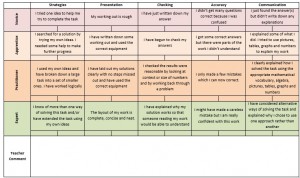

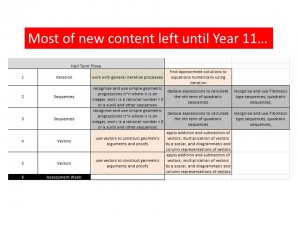
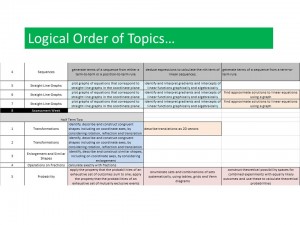
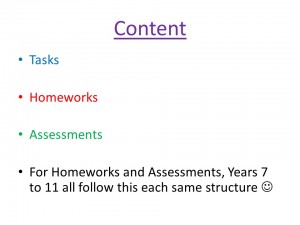
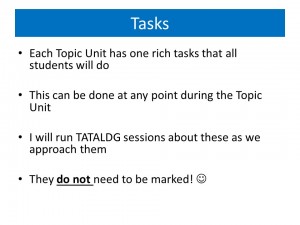
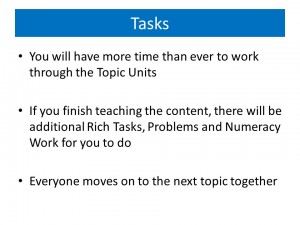
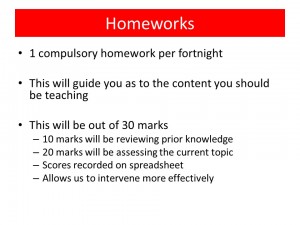
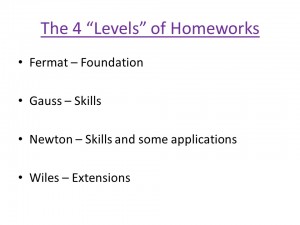
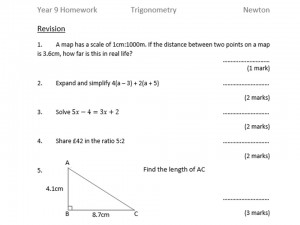
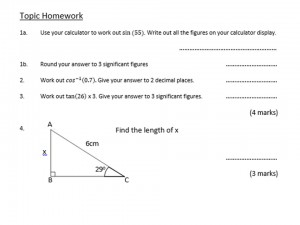
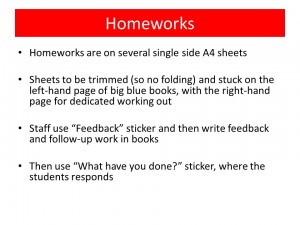
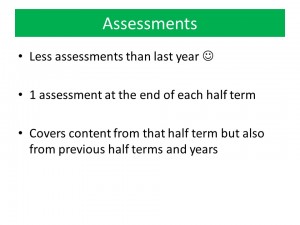

Hi Craig,
Thanks for this series of blog posts which I am following intently. It’s great to read about another department’s thought process whilst we go through the same thing. Being able to absorb information from all angles is so helpful when trying to clarify our own ideas and feelings about the way forward.
Looking forward to pinching lots of the rich tasks!
Thanks,
Caitriona
aka @MrsMartinMaths
Thanks Caitriona, I really appreciate that. I’m also finding that writing down our process and rationale is helping me get my head around what is a pretty massive job. It is great to hear from people who are doing the same thing!
Take care
Craig